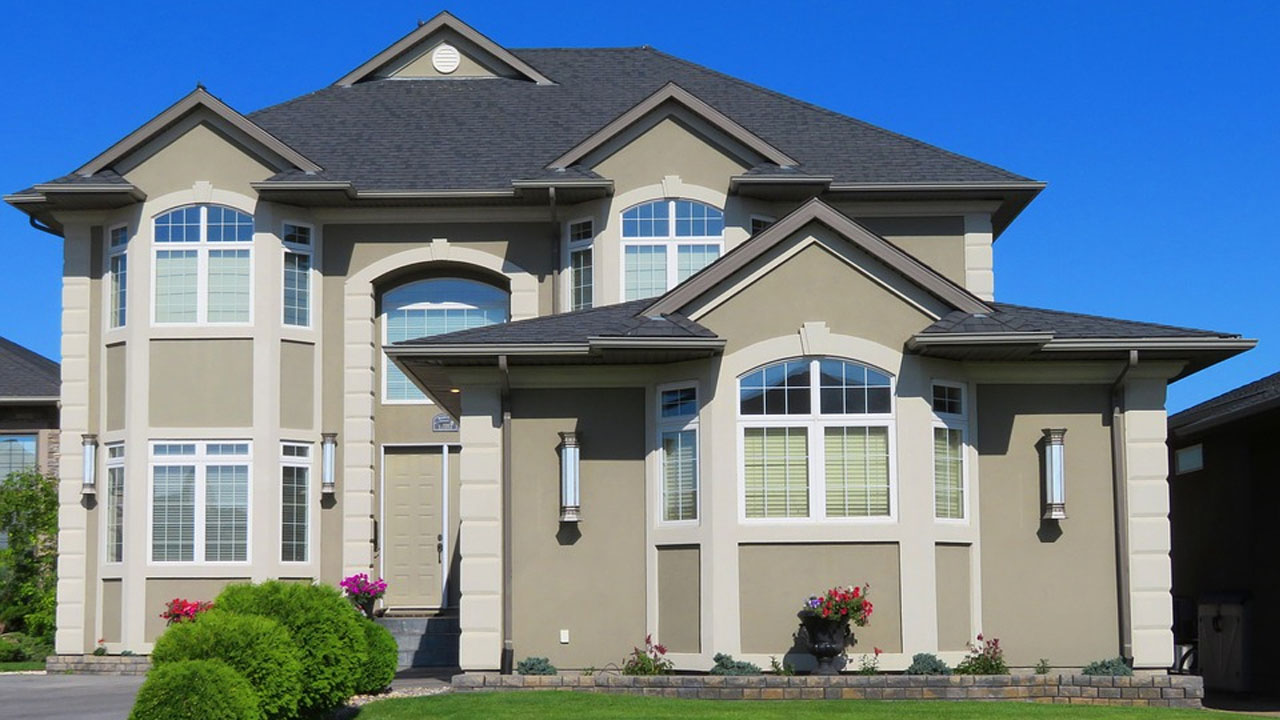
Should I buy a new home or resale
___
Published Date 10/27/2017
Home buyers today are faced with a fundamental choice: should they buy a home in an established neighborhood? Or is it better to go for a never-lived-in home in a new development? Each has its advantages and drawbacks. Here are some of the top decision points.
An “older” home—a better term would be “resale home”—will typically be in a neighborhood that is well-established. Many of the neighbors may've lived there for decades. The character of the neighborhood may be evident: for example, do most of the other homeowners have teenagers, or small children, or are many nearing retirement age?
Older homes were built when land was less expensive, so they tend to have larger lots than today’s newer developments, which places larger homes on small lots, with very little space between buildings.
Trees, lawns and other vegetation will be mature compared to new developments, which can seem comparatively sparse and open.
On the other hand, older homes may have some functionally obsolete features, such as older kitchens and baths, and floor and window coverings that need updating. There are some aspects of older homes that do not lend themselves well to modernization, such as floor plans, smaller rooms, and closets.
Older homes may also be located closer to the center of town—and that convenient location may mean commanding a higher price per square foot than a newer development located miles from the center of the town or city.
On the other hand, buyers may find brand-new appliances, roofs and other amenities with builder warranties to be attractive features. Newer homes may be equipped with high-tech upgrades (built-in wi-fi and Bluetooth, anyone?) that may be impractical to install in an older home. Also, as building codes have evolved over the years, new homes typically are more energy-efficient, so they may be less expensive to heat and cool.
Because cities and towns tend to expand outward, living in a new development may involve more driving to work, shopping and entertainment. For many buyers, this has been an acceptable trade-off.
Buyers have been increasingly opting for new homes; sales in that portion of the market spiked 17% from 2016, even though there are 9% fewer homes on the market from last year. Nationally, the median price of a new home reached $319,700 for new homes, compared to $245,100 for existing properties. Only 13% of the new homes sold in 2016 were under $200,000. Most were priced between $200,000 and $400,000. 19% were $500,000 and above.
Although the inventory of new and resale homes is still tighter than it has been in the past, buyers can still enjoy historically low-interest rates and a wide variety of financing choices, regardless of their choice of new or “old” home.
Source: TBWSAll information furnished has been forwarded to you and is provided by thetbwsgroup only for informational purposes. Forecasting shall be considered as events which may be expected but not guaranteed. Neither the forwarding party and/or company nor thetbwsgroup assume any responsibility to any person who relies on information or forecasting contained in this report and disclaims all liability in respect to decisions or actions, or lack thereof based on any or all of the contents of this report.


Daniel Harwood
License:
Cell: 816-462-5390
Email: daniel.t.harwood@gmail.com

Daniel Harwood
___
License:
Cell: 816-462-5390
